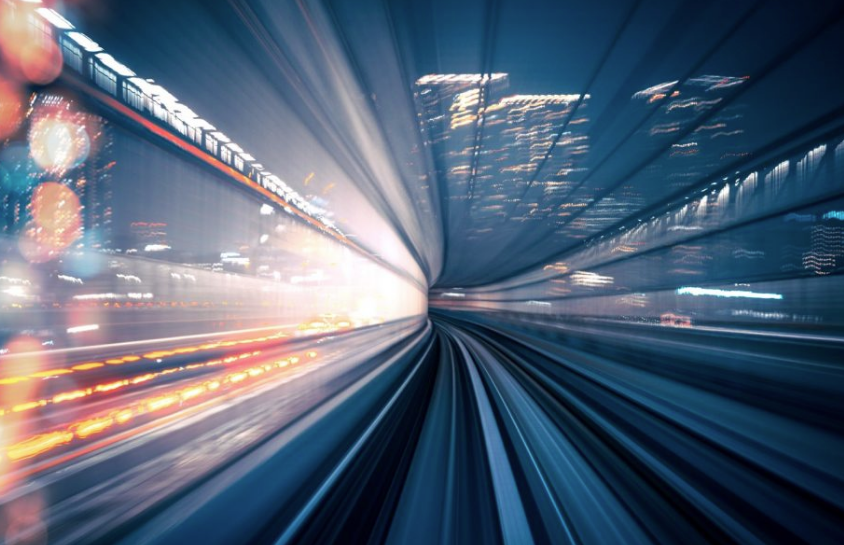Will digitalisation speed up the slow pace of the railway sector?

“We need digitalisation in railways, but it is not the only solution”, says Wim van de Camp, ambassador of the European Year of Rail at the Intelligent Rail Summit, which took place 21-23 of September in Bilbao, Spain.
Want to read more?
You have read all of your free premium articles for this month. Please become a subscriber to keep reading.
Subscribe now!
Take advantage of our exclusive offer to get full access to all premium content.




